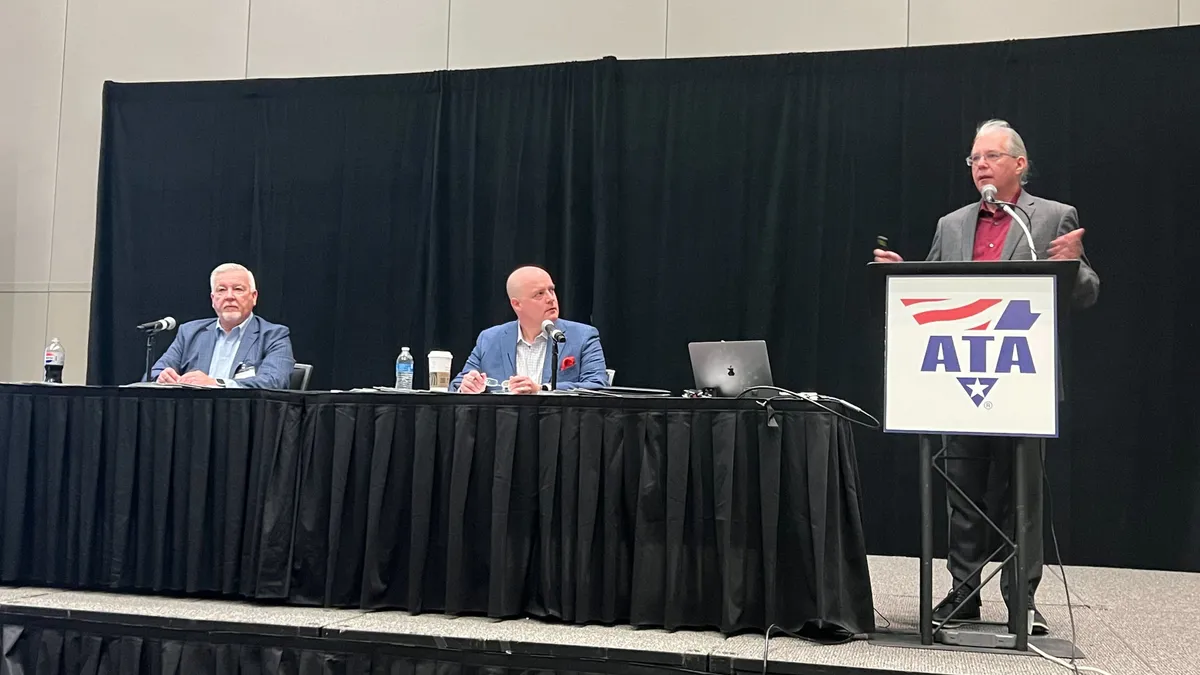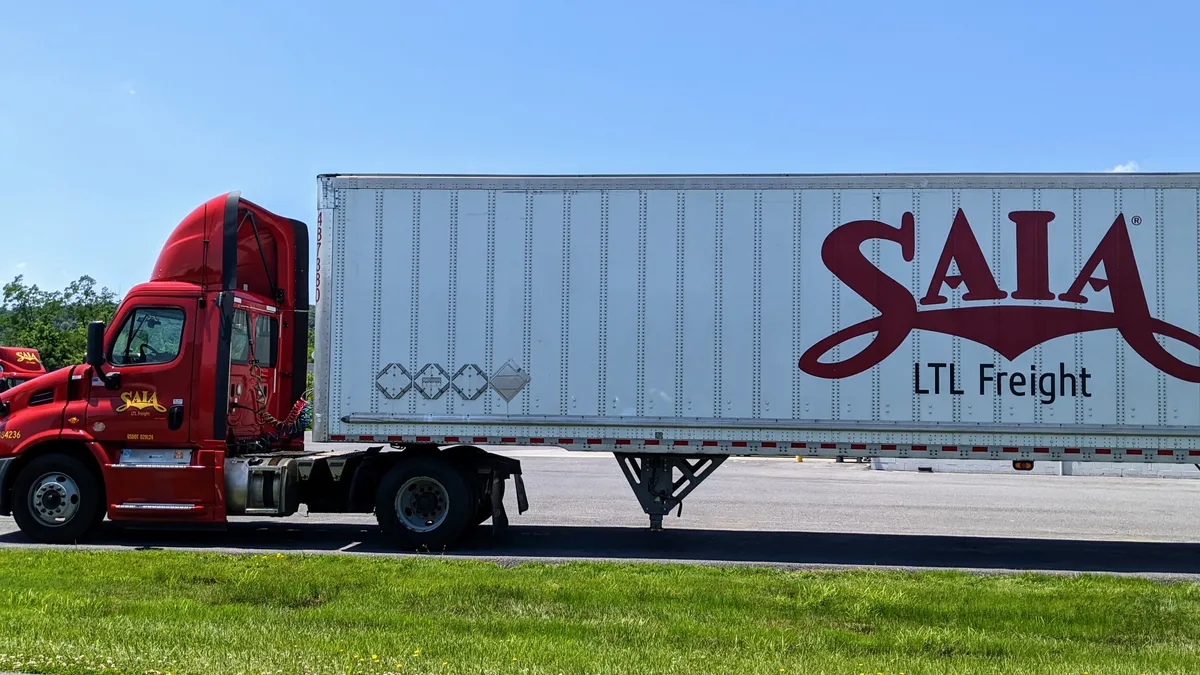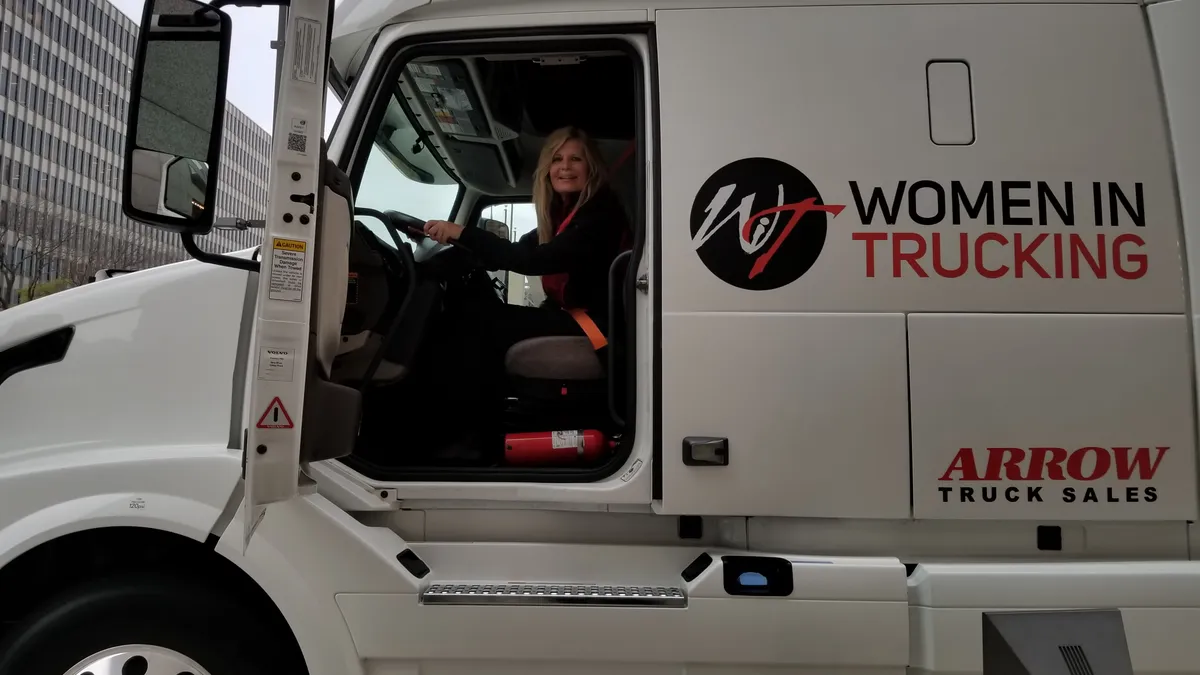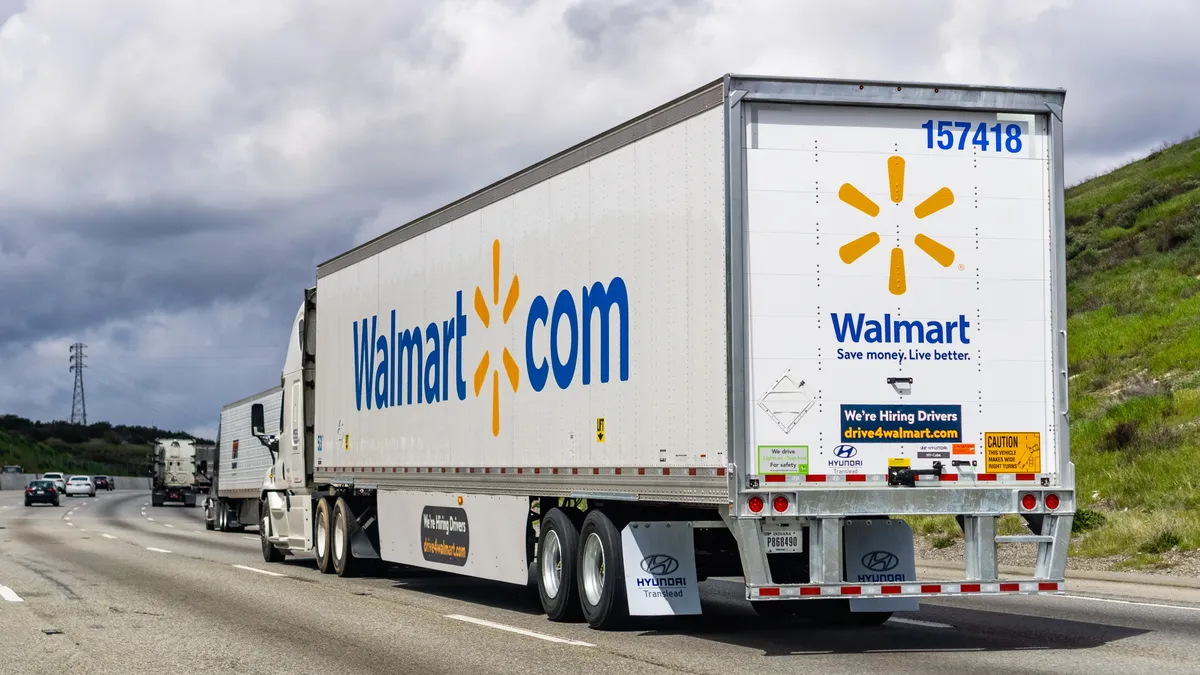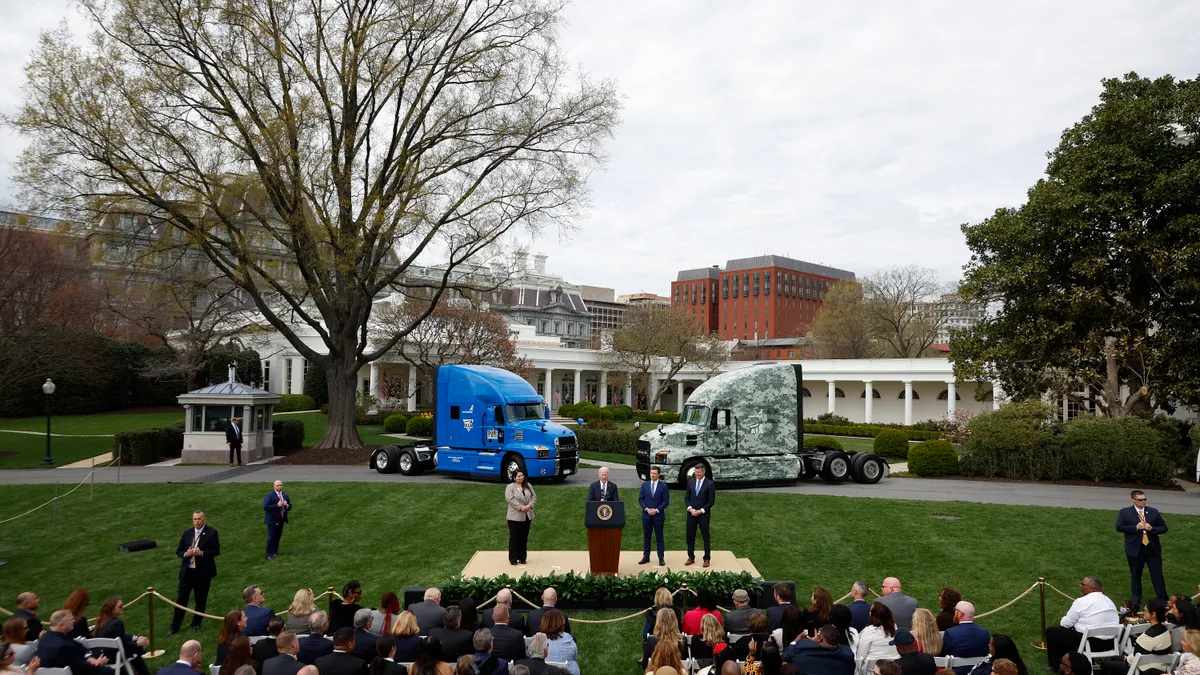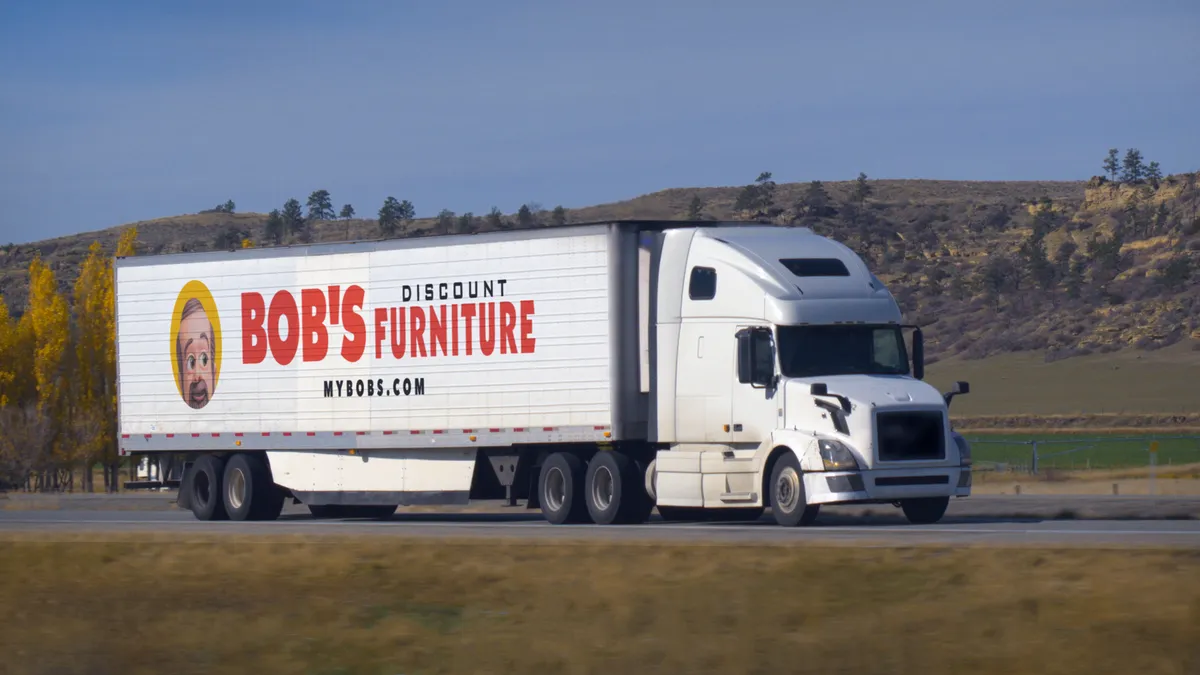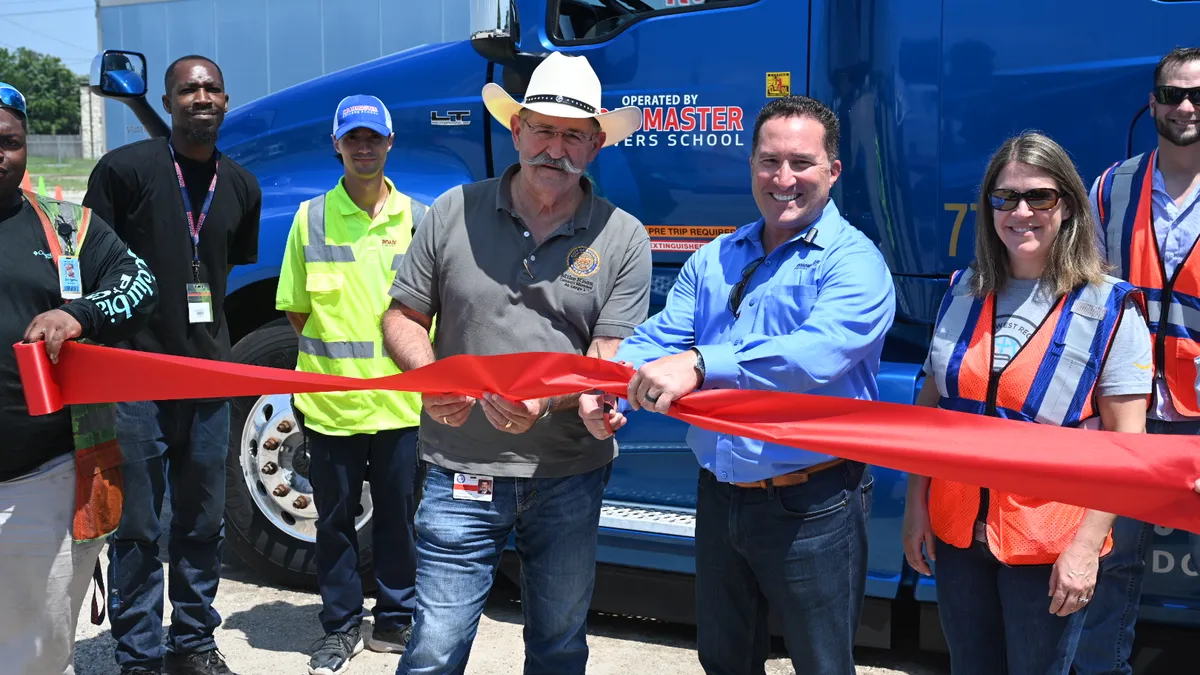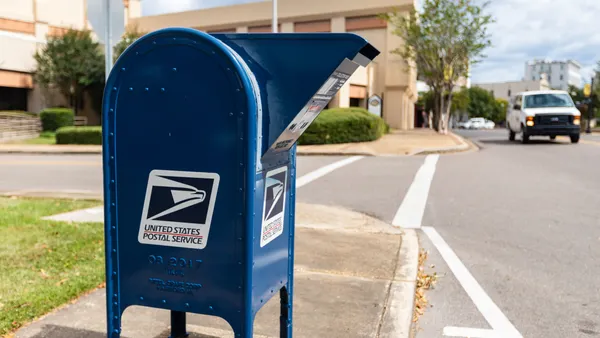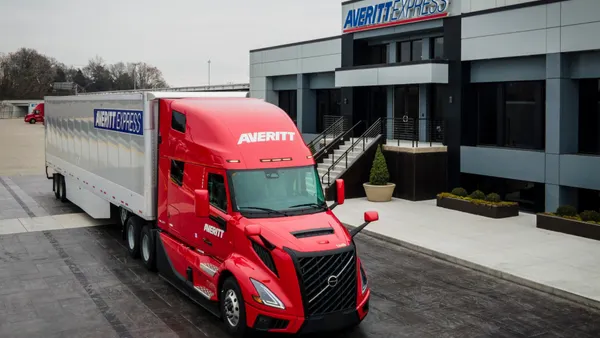Editor’s Note: Filling the Driver’s Seat is a series delving into fleets’ driver recruitment and retention strategies through the lens of the people leading the efforts. Know someone we should profile? Email [email protected].
AUSTIN, TEXAS — American Central Transport sends anonymous surveys to its hundreds of employee drivers each week to keep its thumb on the pulse of its workforce, President and COO Phil Wilt said this week.
The Kansas City, Missouri-based dry van TL fleet also hired a life coach this year and contracted an outside agency to ensure over-the-road drivers and students alike receive extra attention in their critical first six months on the job. Executives hold a monthly Zoom call with drivers.
“Every year, we're figuring out what is the next thing that we can do that really positions us as a place where a driver says, ‘I wish I had come to you before,’” Wilt said. “And honestly, that's probably what we hear a majority of the time from our drivers.”
Beyond the basics of competitive pay and benefits, soliciting regular feedback from drivers — then acting upon it — is a differentiator for trucking companies seeking to boost retention, said Mark Murrell, co-founder of CarriersEdge and co-creator of the annual workplace recognition program Best Fleets to Drive For.
During a panel discussion at the American Trucking Associations’ 2023 Management Conference & Exhibition Monday, Murrell, Wilt and Prime Inc. Director of Operations Jim Guthrie shared some best practices for supporting and engaging drivers.
“Everybody can put a survey out and say, ‘Tell us what you want! Tell us what you want! Tell us what you want!’” Murrell said. “But if [drivers] don't see you actually doing something with that feedback, they start to get quiet.
“You're highlighting the things you're doing as a response to their feedback. You're giving them an update on what's happening. That's a critical part.”
Guthrie, whose company has about 8,000 independent contractor drivers, said Prime broadcasts weekly safety meetings to all its major terminals.
Executives also take submitted and real-time questions, and they seek to be as transparent as possible about the economy, driver earnings and other concerns.
“We say, ‘We've never had a bad meeting,’ even if we get some tough questions,” Guthrie said. “And there are some tough questions sometimes. But you know, that communication is really important. ... Our operators are extremely astute business people, and it's rewarding and refreshing to have these conversations with them.”
Pay is always a top driver concern, and compensation has risen on average along with other operational costs. The industry offered increased sign-on bonuses and improved benefits packages as trucking scrambled to bring on drivers during the freight boom of the past few years, Murrell said.
After years of paying an industry-standard $100 per day to drivers during orientation, many fleets doubled or tripled that offer, the CarriersEdge president said. Others offer as much as $500 per day, pushing the average over $200 for the first time, he said.
Murrell laid out the process for fleets to join the Best Fleets to Drive For program: a nomination by a driver, a detailed company questionnaire, a company interview and a driver survey.
The program’s findings have underscored a big development in the trucking industry in recent years.
“HR has arrived in trucking,” Murrell said. “They're bringing in a lot of new ideas that come from outside of trucking. That's been really interesting to see. And it's really shifted the dynamic in terms of building workplace culture.”


